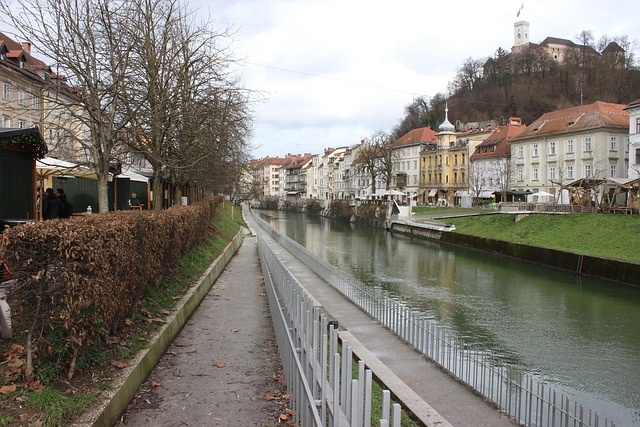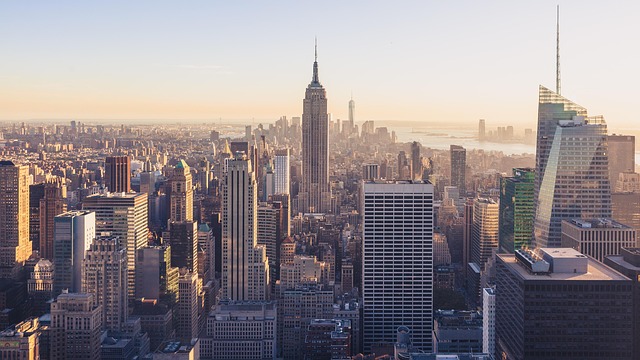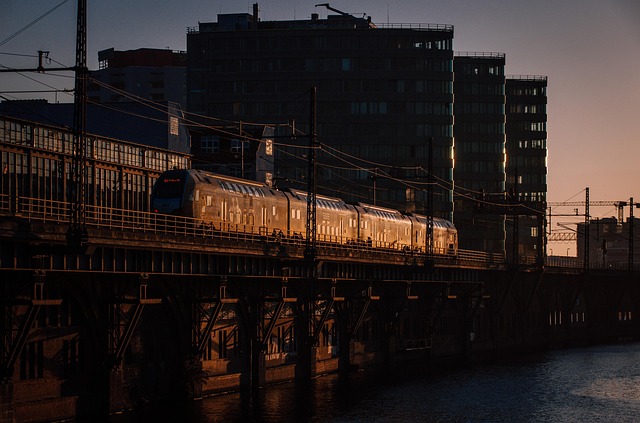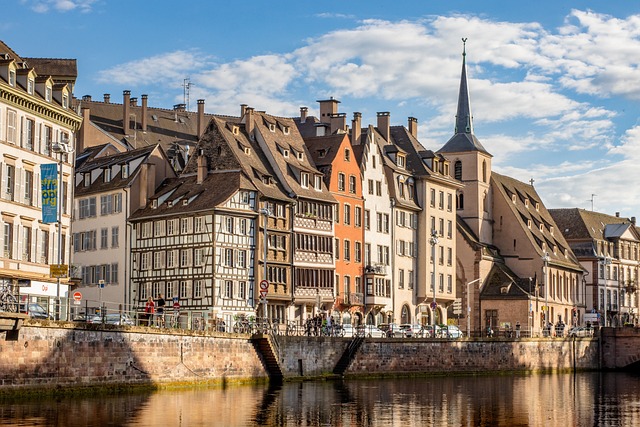Noise pollution is a severe problem in Karachi's Nazimabad, caused by urban factors like traffic, construction, markets, and industrial activities, leading to elevated sound levels day and night. This has adverse health effects on residents, including stress and sleep issues. To combat this, a multi-faceted approach is needed: improving building insulation, planting trees for natural barriers, adopting quieter technologies, and raising public awareness. By implementing these strategies, Nazimabad can strive for a healthier, more peaceful environment.
“Karachi’s Nazimabad, a vibrant yet densely populated neighborhood, faces a silent yet pervasive challenge—noise pollution. This article delves into the intricate web of factors contributing to the high noise levels that permeate the area, from bustling traffic to construction activities. We explore the profound impact this constant cacophony has on the local community’s well-being and quality of life. Furthermore, we present effective mitigation strategies aimed at transforming Nazimabad into a quieter, more peaceful haven for its residents.”
- Understanding Noise Pollution in Karachi's Nazimabad
- Factors Contributing to High Noise Levels
- Impact of Noise on the Local Community
- Mitigation Strategies for a Quieter Nazimabad
Understanding Noise Pollution in Karachi's Nazimabad

Noise pollution is a significant environmental concern in Karachi’s Nazimabad, just like many other urban areas. The constant hum of traffic, construction activities, and crowded markets contribute to elevated sound levels throughout the day and night. This can have severe impacts on residents’ quality of life, causing stress, sleep disturbances, and even long-term health issues.
In Nazimabad, understanding the sources and patterns of noise pollution is crucial for implementing effective mitigation strategies. The dense population and rapid urbanization in Karachi exacerbate the problem, making it imperative to address noise levels to ensure a healthier and more livable environment for all residents.
Factors Contributing to High Noise Levels

In Nazimabad, Karachi, high noise levels are a multifaceted issue influenced by several environmental and human-made factors. One primary contributor is the dense urban landscape, where towering buildings and bustling roads create a symphony of sounds that often overlap, leading to elevated noise pollution. The constant hum of traffic, construction activities, and even social gatherings in close proximity all add up, making it challenging for residents to enjoy peaceful moments.
Additionally, Karachi’s vibrant yet chaotic culture plays a role. The city’s bustling markets, lively street life, and late-night social events generate significant noise, especially in densely populated neighborhoods like Nazimabad. Industrial activities nearby also contribute, with factories and workshops often operating without proper sound barriers, exacerbating the problem for residents living close by.
Impact of Noise on the Local Community

The impact of noise pollution in Nazimabad, Karachi, extends far beyond mere annoyance. Prolonged exposure to high noise levels can have significant health effects on the local community. Research suggests that chronic noise exposure is linked to increased stress, anxiety, and even hearing loss. Children and the elderly are particularly vulnerable, with noise disrupting their sleep patterns and potentially hindering cognitive development and overall well-being.
Moreover, noise pollution can negatively impact the social fabric of the neighborhood. It may deter residents from enjoying outdoor spaces, engaging in community activities, or simply having peaceful conversations. The constant buzz and cacophony can create a sense of isolation and decrease overall quality of life. Understanding these impacts is crucial for implementing effective strategies to mitigate noise levels and foster a healthier, more harmonious environment for the people of Nazimabad.
Mitigation Strategies for a Quieter Nazimabad

To mitigate noise levels in Nazimabad, Karachi, several strategies can be implemented. One effective approach is to enhance sound insulation in residential and commercial buildings. This includes using double-glazed windows, dense insulation materials, and sealing gaps around doors and windows to prevent sound from entering or escaping. Additionally, planting trees and other vegetation along major traffic routes can act as natural sound barriers, significantly reducing noise pollution levels.
Another crucial strategy is the adoption of quieter technologies and equipment. For instance, encouraging the use of electric vehicles over petrol or diesel ones can drastically cut down road noise. Similarly, implementing quiet hours in industrial areas during which noisy operations are restricted can provide much-needed peace for residents. Public awareness campaigns about noise pollution and its impacts can also foster a collective responsibility to keep Nazimabad quieter and more livable.
In the bustling metropolis of Karachi, Nazimabad’s noise levels have become a pressing issue. By understanding the factors contributing to this pollution, from traffic congestion to construction activities, we can appreciate the profound impact on the local community’s health and well-being. Through effective mitigation strategies, such as implementing stricter noise regulations, promoting green spaces, and encouraging quieter transportation options, Nazimabad can strive for a quieter and more livable environment. These efforts are essential to ensure that Karachi’s diverse communities can thrive without being overshadowed by excessive noise.



